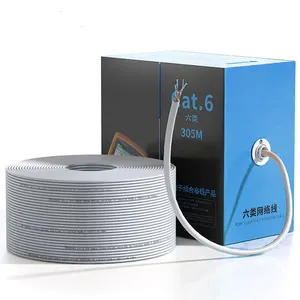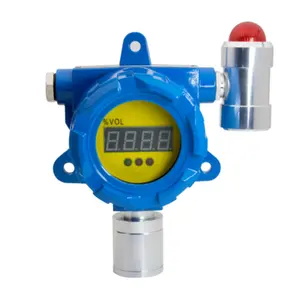Popular in your industry












































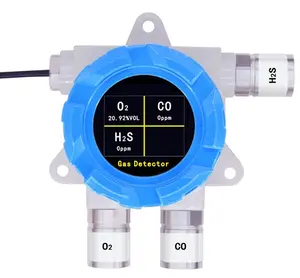















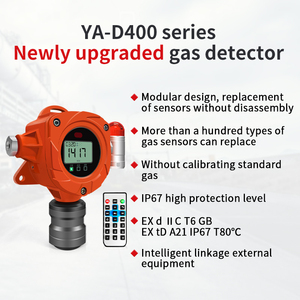
































































































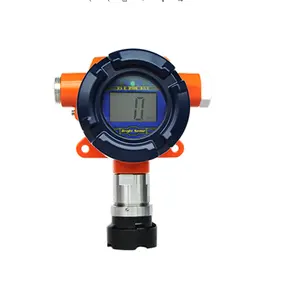

















































Top categories
About fixed h2s gas sensor
Understanding Fixed H2S Gas Sensors
Fixed H2S gas sensors are critical components in industrial safety, designed to continuously monitor environments for the presence of hydrogen sulfide gas. This toxic and flammable gas is commonly encountered in industries such as oil and gas, wastewater treatment, and chemical manufacturing. The sensors provide real-time measurements, enabling prompt response to potentially dangerous situations.
Types and Applications
There are various types of fixed H2S gas detectors tailored to specific applications. Some are designed for high-sensitivity requirements, while others are made for durability in harsh industrial environments. Applications range from monitoring gas levels in confined spaces to providing comprehensive coverage across large production facilities. These sensors are essential for ensuring workplace safety and meeting regulatory compliance.
Features and Materials
A fixed hydrogen sulfide detector typically features robust construction with materials capable of withstanding extreme conditions. Many sensors are encased in stainless steel or durable plastics and are designed to operate effectively in a wide range of temperatures and humidity levels. Advanced models may include features such as remote monitoring capabilities, digital displays, and network integration for centralized control systems.
Advantages of Fixed H2S Monitoring
The primary advantage of using a stationary H2S gas sensor is the continuous and reliable monitoring it provides. Unlike portable detectors, these fixed systems are always on, offering constant surveillance and quicker detection of gas leaks. This leads to improved safety protocols, as well as potential cost savings by preventing large-scale incidents and equipment damage.
Selection Considerations
When selecting a fixed sulfur hydrogen detector, it is important to consider the specific needs of the environment it will be used in. Factors such as the sensor's range, sensitivity, response time, and the potential presence of other gases are crucial. Additionally, the ease of integration with existing safety systems and the ability to perform in the given industrial conditions should be evaluated.
Complementary Technologies
In addition to standalone fixed H2S gas sensors, there are complementary technologies that enhance gas detection systems. These include multi-gas detectors, wireless communication modules, and data logging software. Integrating these technologies can provide a more comprehensive safety network, offering broader detection capabilities and improved data analysis for safety audits and process improvements.

